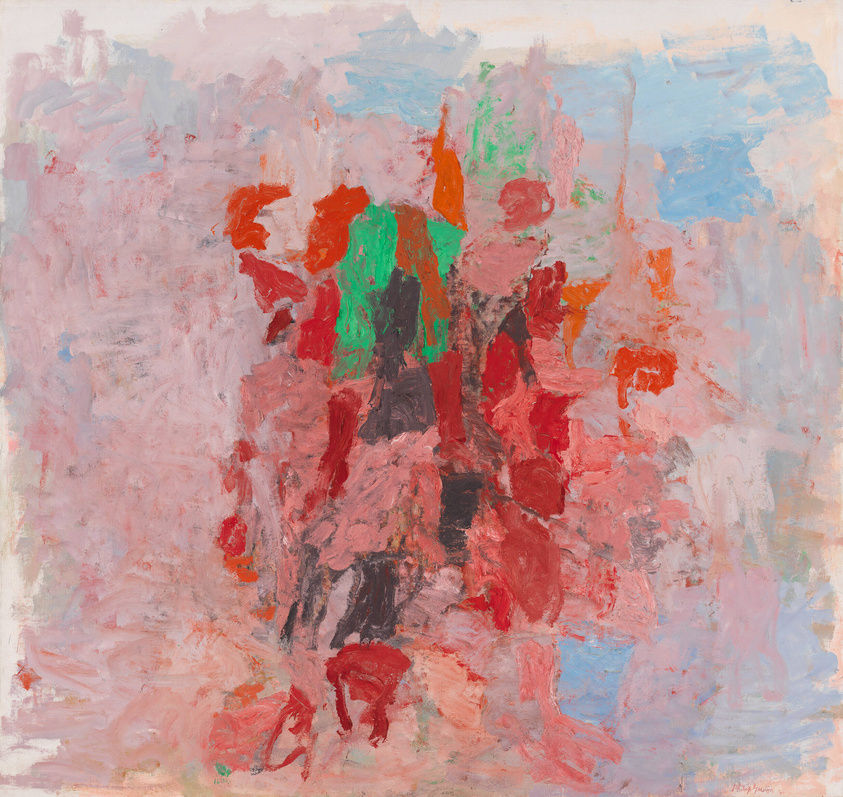- Beyond the Canvas

- Apr 15, 2024
- 1 min read
“The stigma attached to having been in jail for a woman is a very threatening one because of the idea of how dare her not be a good wife and mother. She goes to jail because she is not able to play her traditional role as a woman.” - Faith Ringgold
Trailblazing American artist, activist and author Faith Ringgold died yesterday at 93. Born in Harlem during the Harlem Renaissance, she is perhaps better known for spearheading the revival of the African American story quilt (there's a beautiful one at the Barbican right now) in the late 1970s. Prior to that, she painted bold and unapologetic pictures that explored the themes of race and gender in America.
I saw this painting, Ringgold's last large-scale oil on canvas, at the Brooklyn Museum exactly a year, a month and day ago. What makes it truly unique is that it was commissioned to be displayed at Rikers Island women's prison facility, where I believed it remained until 2022. To empower the inmates to rebuild their lives after being released, Ringgold painted women engaging in typically male-dominated professions such as NBA stars, cops, bus drivers and doctors. I read she took inspiration from actual conversations had with the inmates about their aspirations, which makes it all the more poignant.

Faith Ringgold
For The Women’s House, 1971











